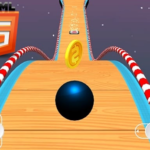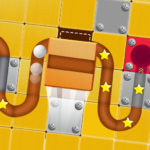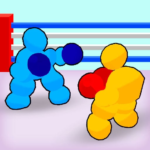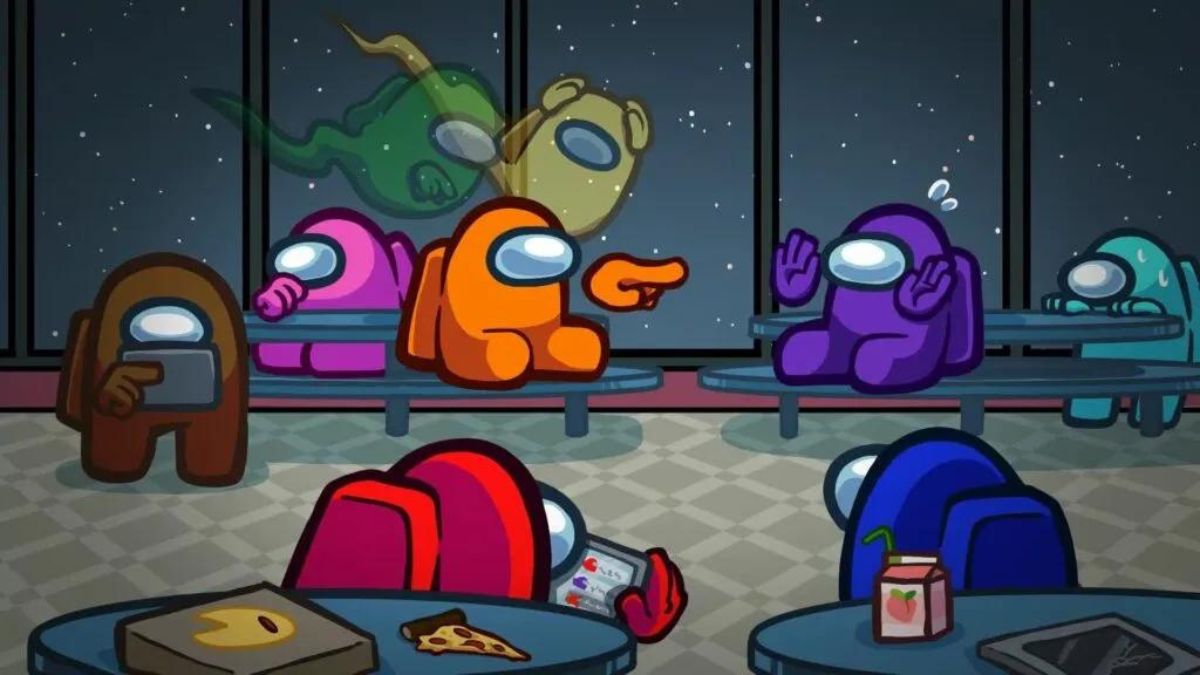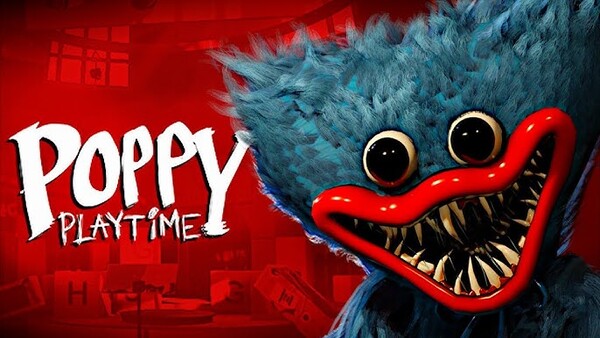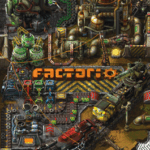Blue Prince is not your typical indie puzzle game. Set inside an endlessly transforming mansion known as Tarnhill, the game defies traditional genres with its fusion of procedural exploration, tactical room placement, time-based progression, and a haunting atmosphere. Developed by Dogubomb and published by Raw Fury, Blue Prince is a mystery wrapped in surreal architecture, designed for players who crave both puzzles and paranoia.
At first glance, it may resemble a strategy board game. But as the walls move, secrets unfold, and clocks tick forward, it becomes something far deeper. Blue Prince isn’t just about planning your way through a mansion—it’s about questioning what the mansion is, and why it's watching you back.
This article breaks down the game's unique systems, artistic expression, and emotional impact, and explores why Blue Prince has quickly earned a cult following among puzzle lovers and narrative explorers alike.
1. The Premise: Entering Tarnhill
You are T, a mysterious protagonist arriving at Tarnhill Mansion. Your task? Reach Room 46. The method? Chart a path through the ever-shifting rooms of the house, discovering their secrets one by one, all while keeping your time alive.
Each move consumes time. Each room offers surprises, from journals to cryptic relics. But nothing is stable. You’re not solving puzzles in the traditional sense—you’re navigating a system that reacts to your presence.
Tarnhill is procedural but purposeful. With each playthrough, it becomes clear: the house doesn’t just contain rooms. It contains intent.
2. Strategic Room Placement
A core mechanic of Blue Prince involves placing newly unlocked rooms onto a grid. As you reveal rooms—some hostile, others helpful—you must decide how to best connect them to your current route.
This system makes Blue Prince feel like a living board game. Every move is permanent. Once a room is placed, it stays. That decision may lead you closer to Room 46—or trap you in a dead end.
Choices are rarely obvious. Some rooms offer shortcuts but drain your remaining time. Others may hold rewards, but are surrounded by more dangerous spaces. The challenge lies in long-term planning and adapting to Tarnhill’s quirks.
3. Time as Your True Enemy
There’s no health bar in Blue Prince. Instead, you have Time—an omnipresent, dwindling resource. Every room you enter burns seconds. Every decision—whether to read a note, inspect an object, or explore an extra path—costs more time.
Let your clock hit zero, and your run ends. But time isn’t just a mechanic—it’s thematic. The more desperate your journey becomes, the more you realize you’re not just navigating space. You’re navigating mortality, memory, and the remnants of identity.
Time also affects the mansion itself. Certain rooms or mechanics are only available at specific moments. Others may disappear or shift if you return too late. Every tick of the clock is both a threat and a signal.
4. Procedural Generation Meets Handcrafted Lore
While the mansion’s layout is procedurally generated, it doesn’t feel random. Tarnhill is filled with hand-placed lore fragments, artifacts, and coded mysteries that hint at a deeper narrative.
The mansion remembers. The game tracks your actions across runs. What you find may differ, but themes recur—about a war, a family curse, and a boy known only as The Blue Prince.
Some rooms are callbacks to previous discoveries. Others hint at unseen rules. The blending of randomness with careful design keeps the experience mysterious without sacrificing structure.
5. Visual Design and Atmosphere
Blue Prince embraces a clean, stylized isometric aesthetic. Each room is carefully detailed with shadowy corners, faded tapestries, flickering lights, and cold symmetry. The grid-based layout gives you a sense of control—but it’s an illusion.
Visual cues signal danger or opportunity. Red-glowing doors suggest a cost. Broken tiles hide traps. Unusual shapes defy logic. The mansion’s appearance is a language, and decoding it becomes part of the strategy.
Sound plays an equally important role. Ambient murmurs, ticking clocks, and low musical tones make Tarnhill feel alive—watchful, reactive, maybe even sentient.
6. The Blue Prince Himself
Who—or what—is the Blue Prince? His name appears in journals, etched into walls, whispered in riddles. He’s not just the title character. He’s the central enigma.
Is he a child? A ghost? A god? As players descend deeper into Tarnhill, they encounter symbols, names, and references that build toward a psychological profile. But there are no easy answers. Only more questions.
The Prince represents something more than just a character. He may be time itself. He may be you. Or he may be the trap waiting in Room 46.
7. Emotional Tone and Themes
Blue Prince is unsettling, not in a jump-scare way, but in its persistent feeling of isolation and metaphysical dread. It’s a game about control—and losing it. About plans—and how fragile they really are.
Themes include:
-
Obsession with control
-
The illusion of progress
-
Fate vs free will
-
Memory and loss
-
The horror of inevitability
Despite its abstract style, the game evokes strong emotional responses. Players begin confident in their strategy. By the end, they question the house, the goal, and even their own choices.
8. Replayability and Player Growth
No single run of Blue Prince reveals everything. Some secrets are only accessible through specific sequences or patterns. As you learn the game’s logic, your strategies evolve—and so does the mansion’s behavior.
Players may find new endings, unlock special relics, or access hidden dialogues by returning with knowledge gained in past runs.
Replayability is deeply woven into the narrative. Each attempt reveals new angles of Tarnhill’s twisted logic, and sometimes, new pieces of yourself.















